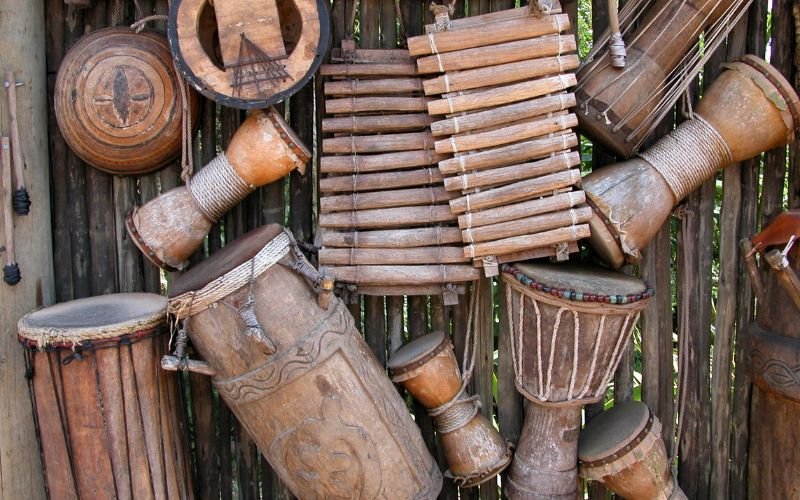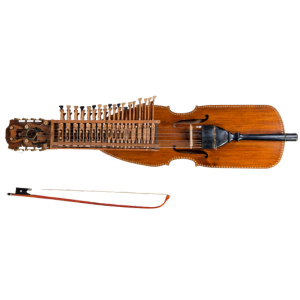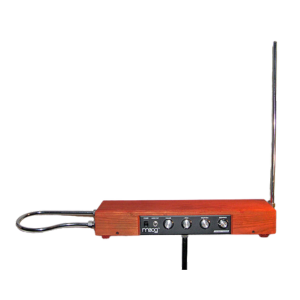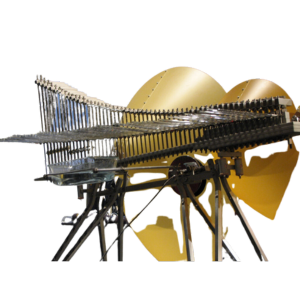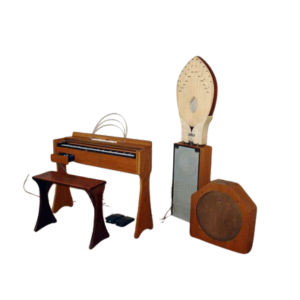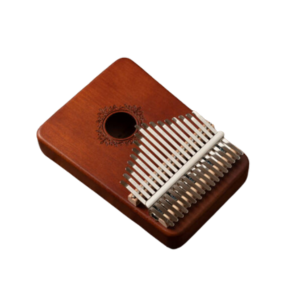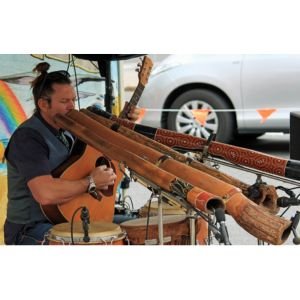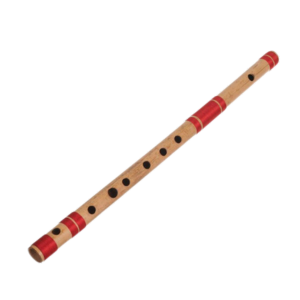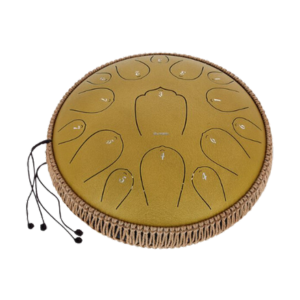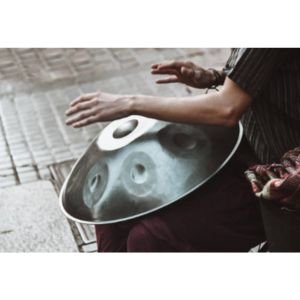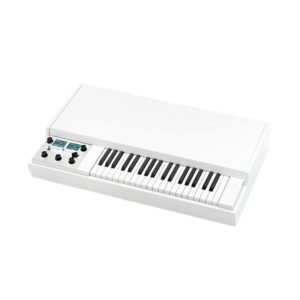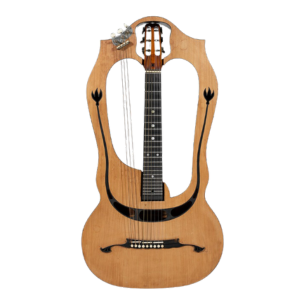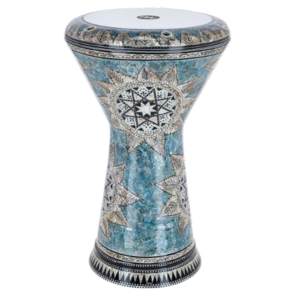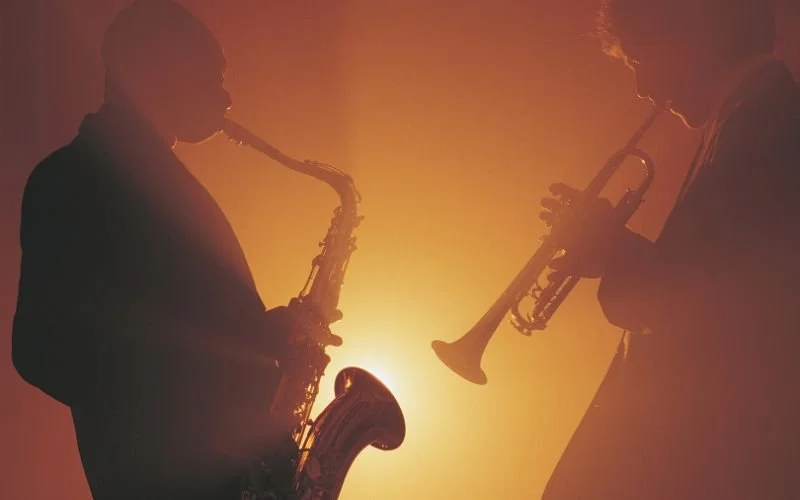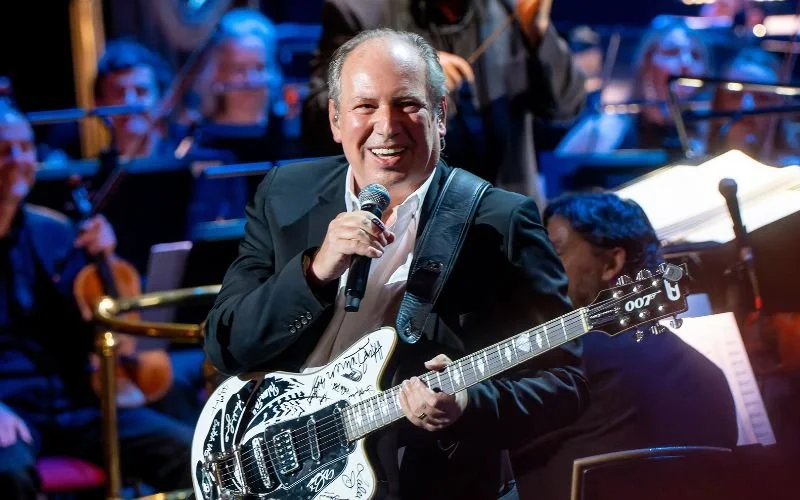15 rare musical instruments you may never have heard of
Does the word nyckelharpa, theremin or tongue drum ring a bell? No ? Well, don't worry, it's normal. In fact, most of these instruments are very old and come from far away. Yet, despite their rich history and unique sounds, these instruments often remain little-known to the general public. Have we aroused your curiosity? Come and discover 15 rare and little-known musical instruments with us, enough to shine at your next rehearsal or family meal!
1. Nyckelharpa
What's nyckelharpa? The nyckelharpa is a traditional Swedish bowed string instrument. Resembling a guitar or violin, it consists of a sound box, neck and strings. What makes it unique are the key-shaped keys, which are used to alter the pitch of the notes. The nyckelharpa can be found in Swedish folk music.
2. The dizi
The dizi is a traditional Chinese transverse flute that has played an important role in Asian music for centuries. Made from bamboo, this instrument is similar to the Western transverse flute, but with its own nuances. The beveled mouthpiece and finger holes along the body enable musicians to control pitch and intonation with precision. Known for its versatility, the dizi is used in a variety of musical styles, from folk and traditional music to classical and contemporary. Its melodious timbre and ability to express a wide scale range of emotions make it a key instrument in Asian music, alongside the pan flute and other traditional wind instruments.
3. Theremin
The Theremin was one of the first electronic instruments, invented in 1920 by the Russian physicist Leon Theremin. It is played without physical contact: by moving the hands close to two antennas, the performer controls the pitch and volume of the notes. The theremin's sound is described as ethereal and mysterious, and has been used in many science-fiction movie soundtracks, such as Mars Attacks!
4. Le Cristal Baschet
There's no question of precious stones here. The Cristal Baschet, also known as the Lasry-Baschet Glass Organ, is an experimental musical instrument created in France in the 1950s by the Baschet brothers. It consists of crystalline glass blades mounted on a metal frame. To produce sound, the musician rubs the blades with his fingers or with resin-coated bows. The sound of the Cristal Baschet is truly unique, varying from crystalline tones to deeper sonorities.
5. Chapman stick
Guitar too mundane for you? Discover the Chapman stick! This stringed musical instrument invented by Emmett Chapman in the 1970s is played using a tapping technique, where both hands strike the strings on the neck to produce notes. The Chapman stick offers great versatility, enabling a single musician to play bass lines, chords and melodies simultaneously.
6. Martenot waves
Waves as musical instruments? Yes, you're not dreaming! The ondes Martenot is an electronic instrument invented in France in the 1920s by Maurice Martenot. It is played by means of a keyboard and a series of touch-sensitive metal ribbons. The ondes Martenot have been widely used in classical and contemporary music, as well as in film soundtracks.
An emblematic example of the use of ondes Martenot in contemporary music is French composer Olivier Messiaen's Turangalîla-Symphonie.
In film, ondes Martenot were used in Lawrence of Arabia and Mad Max III.
7. Fujara
The fujara is a traditional Slovak musical instrument. It is a three-hole flute, often made from a single piece of spruce wood. What makes the fujara unique is its impressive length, which can sometimes reach up to two meters. It produces a deep, melodious sound, often used in Slovak folk music to accompany traditional dances and songs.
8. The kalimba
The kalimba, also known as the thumb piano, is an African musical instrument consisting of a series of metal strips mounted on a wooden board. To play the kalimba, the slats are pinched with the thumbs to produce melodic notes. This instrument offers a soft, soothing sound, usually used in traditional African music as well as contemporary world music. It's a particularly interesting and playful choice of instrument for children wishing to take up music.
9. The didgeridoo
The didgeridoo is an Australian Aboriginal musical instrument made from eucalyptus branches hollowed out by termites. It takes the form of a long cylindrical tube, generally 1 to 3 meters long. To play the didgeridoo, the musician blows air into the open end while vibrating his lips. This instrument is linked to Aboriginal culture and is used in ritual ceremonies as well as in contemporary music. The sound of the didgeridoo blends harmoniously with the Tibetan bowl to create a soothing atmosphere. Other instruments such as shamanic drums, Native American flutes and crystal bowls can also be used for sound meditation.
10. The bansuri
The bansuri is a traditional Indian flute made from bamboo. It is characterized by its simple structure, with six or seven holes for the fingers and one hole for the mouthpiece. The bansuri is often used in Indian classical and folk music. Its gentle sound makes it a popular instrument for meditation and relaxation.
11. The tongue drum
The tongue drum, also known as the steel tongue drum or tank drum, is a contemporary instrument in the percussion family. It consists of a single block of metal or wood with tongues (or "tongues" for the more bilingual among you) cut into the material. Each tongue produces a different note when struck with fingers or soft mallets. The tongue drum is used for relaxation, meditation and background music, thanks to its soft, melodious sound. Its soothing timbre makes it a popular choice to accompany wellness and meditation practices, especially when combined with the Tibetan bowl to create a calming atmosphere.
The tongue drum is generally tuned to a particular scale The tongue drum is usually tuned to a particular pitch, but there are chromatic models that can play all the notes of the scale musical scale, although these are rarer to find.
12. The handpan
The handpan is another member of the percussion family, in the shape of a bowl that resembles an inverted saucer. This musical instrument like no other is made from sheet steel and has a series of domes or tongues around its circumference. Each dome produces a different note when struck, and the musician can create melodies by combining the different notes.
13. The mellotron
Introduced in the 1960s, the mellotron is an electric keyboard that uses a series of pre-recorded magnetic tapes to reproduce the sound of instruments such as violins, flutes, brass instruments and so on. Each key on the keyboard triggers playback of a corresponding magnetic tape, producing realistic sounds. The mellotron was widely used in pop and rock music of the 1960s and 1970s, notably by bands such as the Beatles, Moody Blues and King Crimson. Because of its rarity and historical value, the mellotron is today a highly sought-after collector's instrument for vintage music enthusiasts.
14. The guitar harp
Yes, yes, you read that right. Ahybrid instrument, the harp guitar combines the characteristics of the guitar and the harp. The instrument generally consists of a guitar-like soundbox, with a traditional guitar neck and additional strings that extend above the neck and are attached to an extra bridge. These additional strings are tuned differently and can be used to play harmonies, chords or melodies complementary to the main guitar. The harp guitar thus offers an extended scale sound and unique versatility, although it is relatively rare and less common than the conventional guitar.
15. The doumbek
You've heard of the djembe, but what about the doumbek? The doumbek, also known as the darbouka, is a membrane percussion instrument common to the music of the Middle East, North Africa and the Mediterranean. It consists of a clay, metal or wooden body, often cup-shaped, and a skin stretched over one end. This skin is traditionally made of goatskin, although synthetic materials are also used today. Like its cousin the djembe, the doumbek is played with the hands, fingers and palms. Its dynamic rythm makes it an instrument of choice for both folk music and more contemporary genres, and it easily finds its place in percussion ensembles.
♫ Are you a professional musician or a passionate amateur? Discover theNewzik application ! Easy to use and intuitive, you'll find all your sheet music organized in a digital library. Rehearsing remotely with other musicians or your music teacher? No problem! Your scores are accessible from anywhere, and can be shared and commented on in real time. A real digital toolbox for all musicians!

